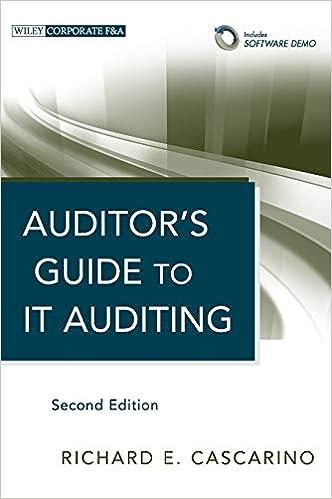| | | Descriptions of the transactions for the month of March are provided in the table below. Each of the transactions below has been posted to the T accounts. Referring to the T accounts, select the date on which each transaction occurred, enter the amount of the transaction, and select the account to debit and credit. | Transaction | Date | Amount | Debit | Credit | | Paid wages. | | | | | | Paid rent for April. | | | | | | Purchased equipment, giving a note payable for the purchase price. | | | | | | Received cash from customers on account. | | | | | | Katie Long, owner of KL Co., contributed cash to the business. | | | | | | Purchased supplies on account. | | | | | | Recorded fees earned on account. | | | | | | Received cash for fees earned. | | | | | | Recorded owner's withdrawal. | | | | | | Paid creditors on account. | | | | | Trial Balance: Unequal Totals The intern has prepared the following trial balance for the month of March. KL Company UNADJUSTED TRIAL BALANCE March 31, 20-- | | ACCOUNT TITLE | DEBIT | CREDIT | | 1 | Cash | 12,250.00 | | | 2 | Accounts Receivable | | 2,050.00 | | 3 | Supplies | 5,100.00 | | | 4 | Equipment | 18,000.00 | | | 5 | Accounts Payable | 300.00 | | | 6 | Notes Payable | | 18,000.00 | | 7 | Katie Long, Capital | | 18,400.00 | | 8 | Katie Long, Drawing | | 1,975.00 | | 9 | Fees Earned | | 2,150.00 | | 10 | Rent Expense | 2,600.00 | | | 11 | Wages Expense | | 3,625.00 | | 12 | Totals | 38,250.00 | 46,200.00 | Trial Balance: Correct The trial balance prepared by the intern can be found in the Trial Balance: Unequal Totals panel. The intern is puzzled by the unequal totals. Prepare a corrected trial balance. KL Company UNADJUSTED TRIAL BALANCE March 31, 20-- | | ACCOUNT TITLE | DEBIT | CREDIT | | 1 | Cash | | | | 2 | Accounts Receivable | | | | 3 | Supplies | | | | 4 | Equipment | | | | 5 | Accounts Payable | | | | 6 | Notes Payable | | | | 7 | Katie Long, Capital | | | | 8 | Katie Long, Drawing | | | | 9 | Fees Earned | | | | 10 | Rent Expense | | | | 11 | Wages Expense | | | | 12 | Totals | | | Errors in Trial Balance Compare the trial balance prepared by the intern (Trial Balance: Unequal Totals) to the trial balance that you prepared (Trial Balance: Correct). In the following table, select the accounts for each type of error. Not all accounts contain errors. | Error Type | Cash | Accounts | Supplies | Equipment | Accounts | Notes | Katie Long, | Katie Long, | Fees | Rent | Wages | | Receivable | Payable | Payable | Capital | Drawing | Earned | Expense | Expense | | Transposition | | | | | | | | | | | | | | Incorrectly reported as a debit | | | | | | | | | | | | | | Incorrectly reported as a credit | | | | | | | | | | | | | | Balance calculated incorrectly | | | | | | | | | | | | | Accounting Equation The intern is puzzled and asks Are you sure the accounting equation is still in balance? Using the corrected trial balance you prepared, prove that the accounting equation is in balance. | Assets | = | Liabilities | + | Owners Equity | | | = | | + | | Still puzzled, the intern asks Why do none of the amounts in the accounting equation equal the totals on the trial balance? Check all that apply. This is because the revenue and expense accounts are part of the owners equity element. The accounts with debit balances should be part of the total assets. You point out the total of the assets, liabilities and owners equity is equal to the sum of the debit and credit totals in the trial balance. The accounts that make up the total for owners equity have a mix of debit and credit balances. The accounts with debit balances are not all classified in the same element of the accounting equation. For example, not all accounts with debit balances are assets. The accounts with credit balances are not all classified in the same element of the accounting equation. For example, not all accounts with credit balances are liabilities. |






